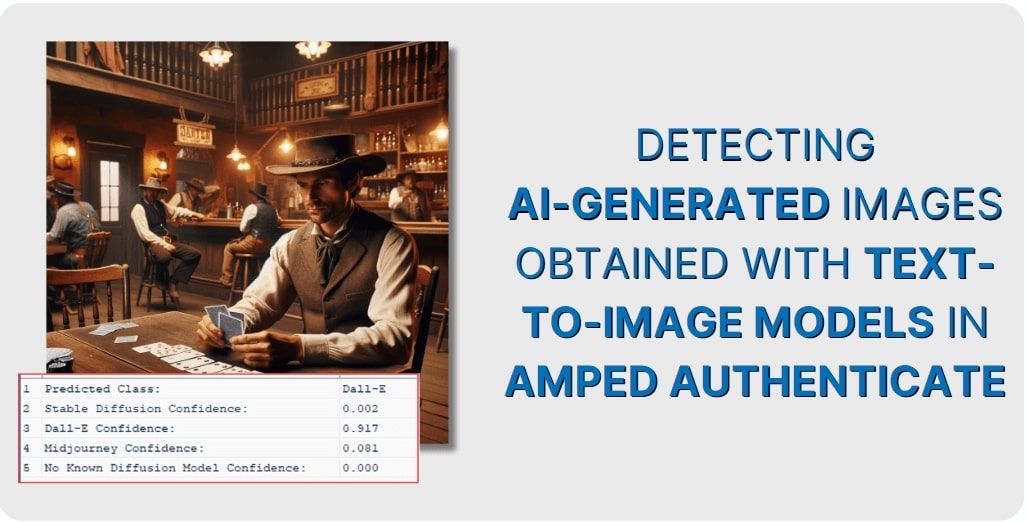Detecting AI-generated Images Obtained with Text-to-image Models in Amped Authenticate

There’s really no need to stress the impact that deepfakes are bringing to our society. It started with some funny face-swapping, where most of the image was not manipulated. Now, we’re witnessing pictures entirely synthesized by the machine in a few seconds, from a simple text description. It is impressive. And scary.
While nowadays there is a tendency to call “deepfake” each and every manipulated image, the truth is that there are several different kinds of deepfakes based on completely different AI techniques. So, when it comes to detecting deepfakes, you first need to ask yourself what you are looking for and then select the proper tools to verify the images.
Thus, let’s briefly introduce three different classes of deepfakes and the process behind their generation. We’ll then focus on the latest additions to Amped Authenticate, the Diffusion Model Deepfake filter.
Click the link and learn more about the Diffusion Model Deepfake filter https://blog.ampedsoftware.com/2024/05/22/detecting-ai-generated-images-obtained-with-text-to-image-models-in-amped-authenticate
)
)
